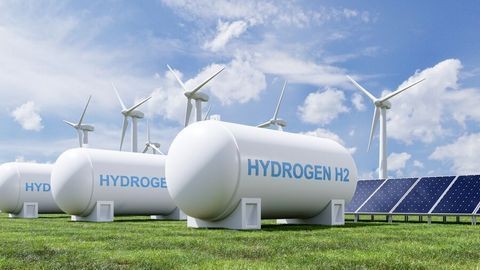Follow Up: White House Expands Invocation of Defense Production Act Authorities as Part of COVID Response
Client Alert | 2 min read | 03.30.20
On March 27, 2020, the President signed an “Executive Order on Delegating Additional Authority Under the DPA with Respect to Health and Medical Resources to Respond to the Spread of COVID-19.” The new EO delegates significant additional authorities under the Defense Production Act of 1950 (DPA) to the Department of Health and Human Services (HHS) and Department of Homeland Security (DHS), and builds on Executive Order (EO) Nos. 13909, issued March 18, 2020, which we discussed here, and 13910, issued March 23, 2020, which we discussed here. The new EO delegates:
- To HHS and DHS, authority under Title III to respond to the spread of COVID-19 through means including restricted contract solicitations, stockpiling, and the provision of various incentives, such as loans to private businesses, purchase commitments, and contracts for the development of production capabilities. Because the authorities are delegated pursuant to the President’s novel coronavirus pandemic national emergency declaration, the new EO waives requirements for certain presidential findings before implementing these incentives.
- To HHS and DHS, authority under Title VII to submit certain voluntary agreements or plans of action to the President for approval. These voluntary agreements or plans of action would be with and among private industry who are combining efforts to combat the pandemic under exemption from specified anti-trust laws.
- To DHS (after consultation with HHS and other appropriate federal agencies), authority under Title I to allocate health and medical resources, including controlling distribution of such material and services in the civilian market, apparently in response to concerns that states and localities are now competing for scarce medical resources. DHS now joins HHS and the Departments of Agriculture, Energy, Transportation, and Commerce with delegated prioritization and allocation authority, and Commerce re-delegated ordering authority to the Departments of Defense, Energy, Homeland Security (through FEMA), and the General Services Agency.
Contacts
Insights
Client Alert | 2 min read | 12.19.25
GAO Cautions Agencies—Over-Redact at Your Own Peril
Bid protest practitioners in recent years have witnessed agencies’ increasing efforts to limit the production of documents and information in response to Government Accountability Office (GAO) bid protests—often will little pushback from GAO. This practice has underscored the notable difference in the scope of bid protest records before GAO versus the Court of Federal Claims. However, in Tiger Natural Gas, Inc., B-423744, Dec. 10, 2025, 2025 CPD ¶ __, GAO made clear that there are limits to the scope of redactions, and GAO will sustain a protest where there is insufficient evidence that the agency’s actions were reasonable.
Client Alert | 7 min read | 12.19.25
In Bid to Ban “Woke AI,” White House Imposes Transparency Requirements on Contractors
Client Alert | 5 min read | 12.19.25
Navigating California’s Evolving Microplastics Landscape in 2026
Client Alert | 19 min read | 12.18.25
2025 GAO Bid Protest Annual Report: Where Have All the Protests Gone?








